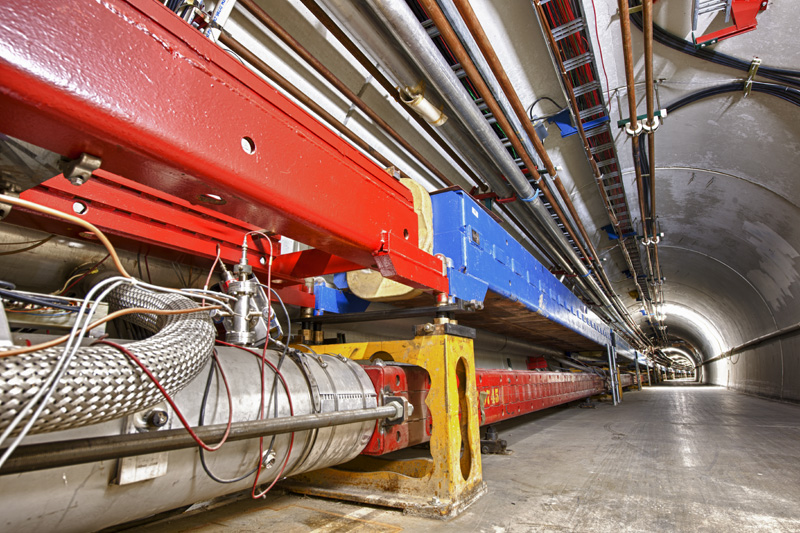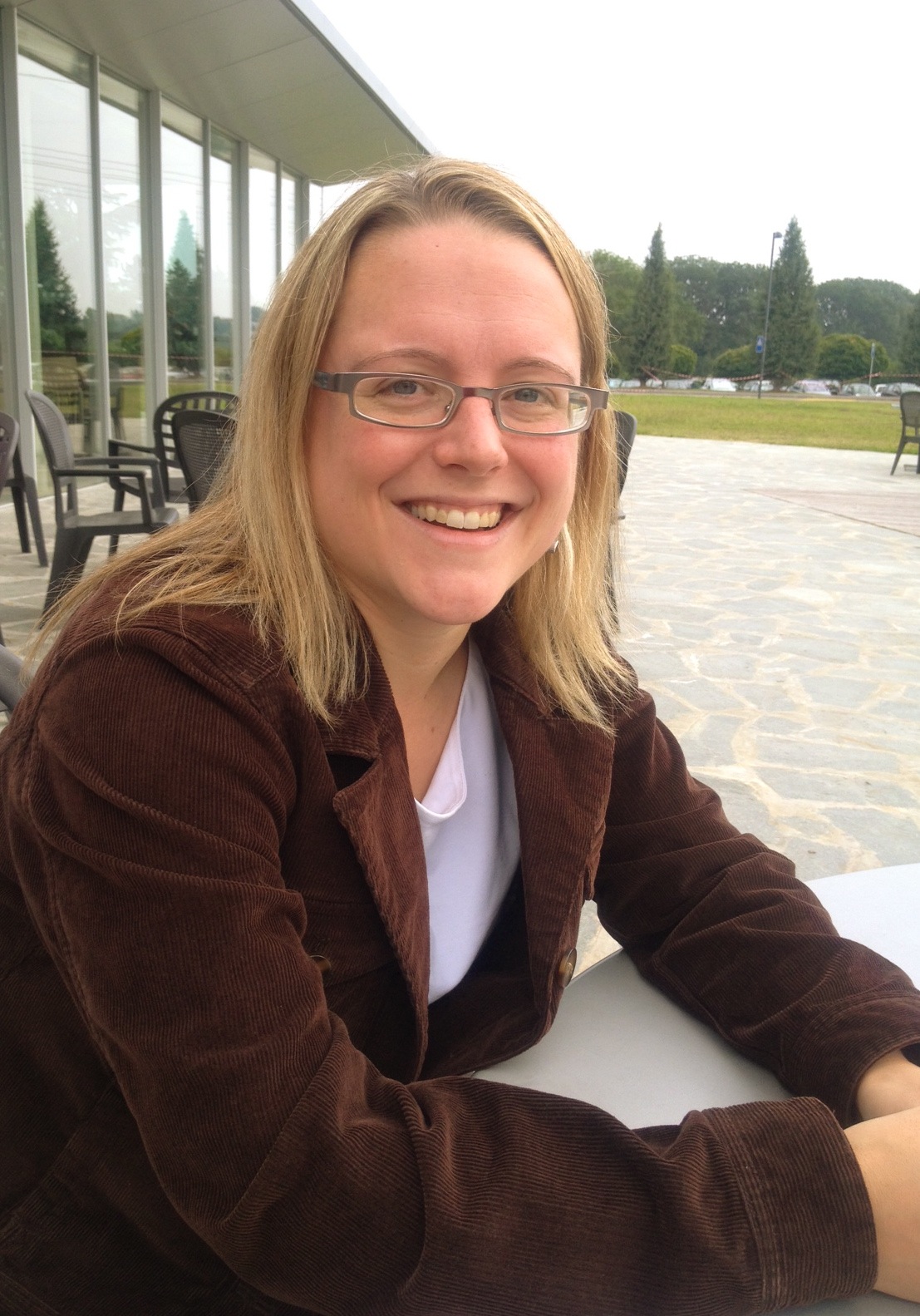The Tevatron: Goodnight but not goodbye
4 October 2011 | By

The Tevatron collider, the scientific predecessor of the LHC, was shut down last Friday after 26 years of operations. Situated at the Fermi National Accelerator Laboratory (Fermilab) outside of Chicago, Illinois, the Tevatron collided protons with antiprotons at a center-of-mass energy just shy of 2 TeV. While it still held the title of the world’s highest energy colliding beams, it was the intellectual home of hundreds of scientists and students working as part of the CDF and D0 collaborations.
I was one of those Tevatron students. I like to explain that I am the same age as the CDF collaboration – both of us came into being in 1979. Twenty-seven years later, I got my PhD for research done as part of that collaboration, which at the time included around 800 scientists. It’s a privilege to have been part of a scientific enterprise of such grand scope. After finishing a paper a couple of years ago though, I stopped being an active participant of CDF. Drawn by the prospect of higher energies and larger datasets at the LHC, I joined ATLAS at the beginning of my postdoc four years ago, but last week’s shutdown has me reflecting on the time I spent at Fermilab and the connections between the Tevatron and the LHC.
The shutdown was scheduled for around 9:30 in the evening Central European time, so on Friday night I got together with some friends to watch the webcast and toast to the final proton-antiproton collision events. Fermilab director Pier Oddone spoke about the past and future of the lab. Scientists unaccustomed to being in front of cameras gave short tours of the CDF, D0, and accelerator control rooms. Then Helen Edwards, who led the design and construction of the Tevatron, pushed a couple of buttons, one to dump the beam, and another to ramp down the superconducting magnets.
And that was it.
Many nice tributes to the Tevatron have been written, discussing its history and legacy. Of the ones I’ve read, two of my favorites are here and here. The legacy of the Tevatron is not just a striking list of scientific and technical achievements, some of which directly paved the way for the LHC, but also a whole generation of young particle physicists who learned how to be scientists at the Tevatron. The friends I spent Friday evening with were a mixture of people I knew from my time at Fermilab in graduate school and people I’ve met more recently, but all of us who are experimental physicists did our PhD work at D0 or CDF. And we’re not alone.
Over the last five years, there has been a mass migration of young scientists across the Atlantic, from the prairies of Illinois to the valley on the French-Swiss border between the Alps and the Jura mountains. The picture below shows a small subset of former CDFers who are now working at CERN, including your correspondent (center-right in the back row, in the brown shirt).
The influx of Tevatron people is such that for a while a couple of years ago, just beginning a sentence with: “Well, when we measured this at the Tevatron…” was enough to start the CERN stalwarts, many of whom came from earlier CERN-based experiments and have been on ATLAS and CMS for over a decade, sighing and rolling their eyes. But as everyone has settled in to analyze the data, early tensions have dissolved into productive collaboration. Broadly speaking, scientists who came from the Tevatron contribute their recent experience with analyzing hadron collider data at the highest energies, and those who stayed at CERN contribute their deep knowledge of the detectors they designed and the precision analysis techniques refined on the LEP experiments (the Large Electron-Positron Collider – the LHC’s CERN-based predecssor).
The shutdown of the collider is a milestone but is not the end of Tevatron science. Far from it! The latest public results from CDF and D0 use up to 7 inverse femtobarns (fb-1) of data, with most of the measurements using 5 or 6 fb-1 but the final Run II dataset will include well over 10 fb-1, and will continue to be analyzed for years. I’m hoping that CDF and D0 will have much more to say on the interesting observations of recent years, especially the top-antitop forward-backward asymmetry and the hints of signal for the Bs meson decaying to two muons. They will continue to be major players in the search for the Higgs boson, especially if the elusive little critter is sitting between 115 and 120 GeV, just above the LEP mass limits and in a region relatively difficult for the LHC experiments to exclude.
Looking forward, it’s the LHC experiments that will take our understanding of the universe to the next level, with the potential for discoveries and groundbreaking science for the next couple of decades. I’m glad to have been a part of ATLAS from the very beginning of datataking, and am looking forward to participating in the exciting science to come. But even two and a half years after my last trip to Fermilab, it’s still a bit odd to think of CDF as “they”.



